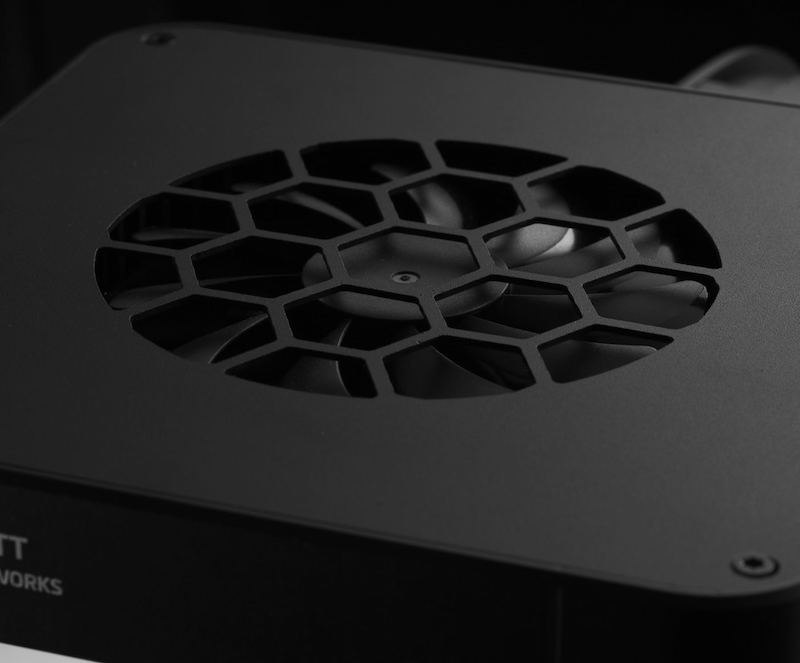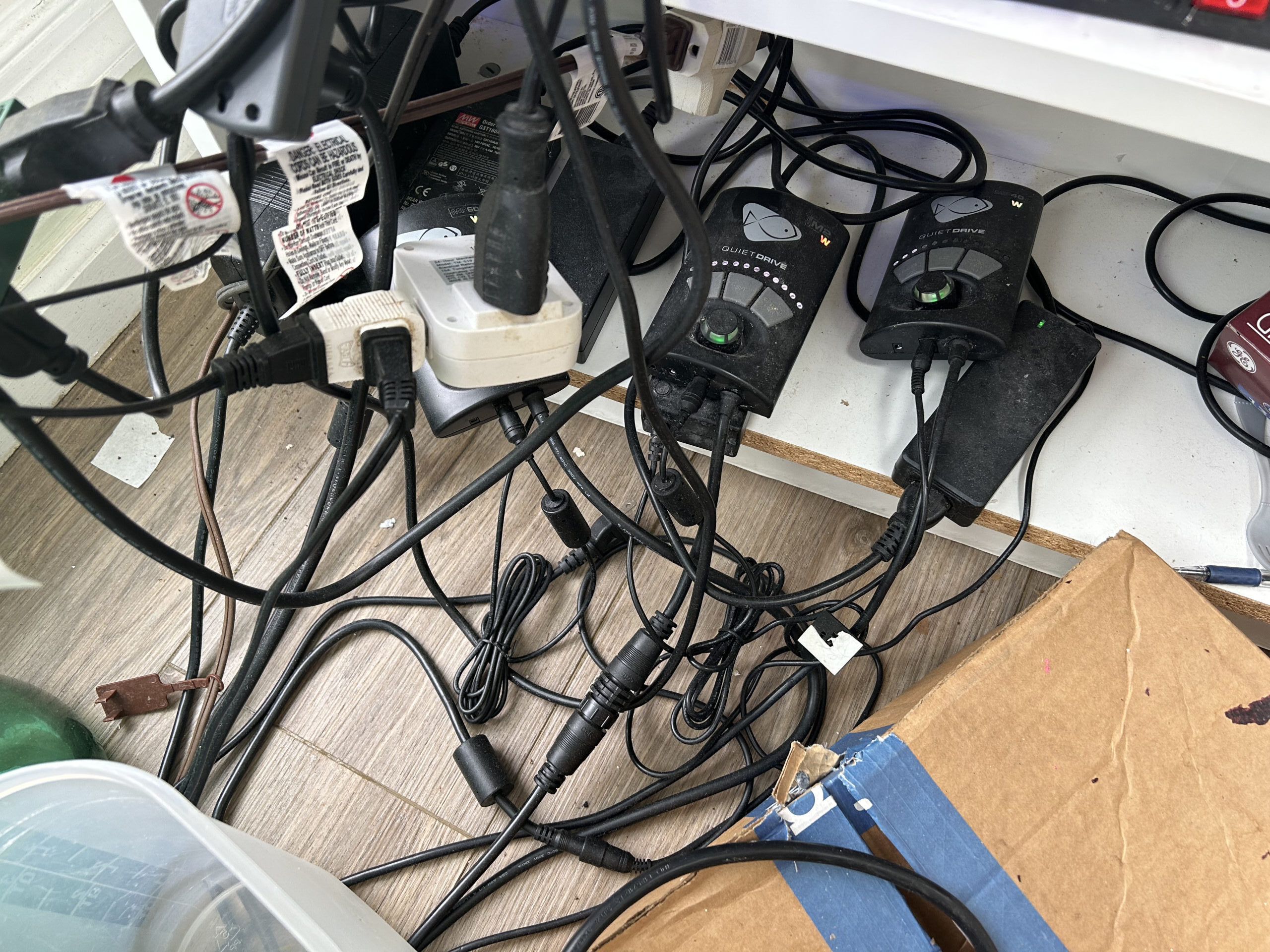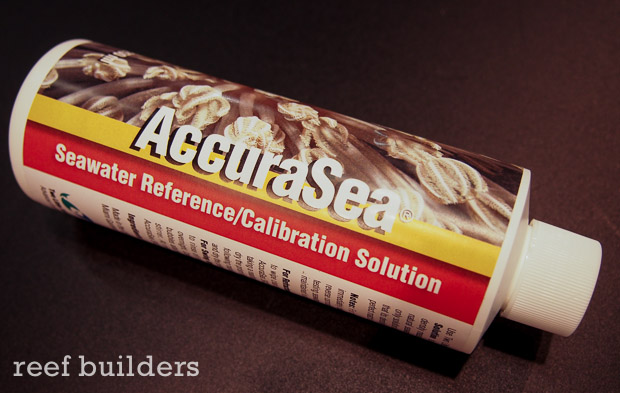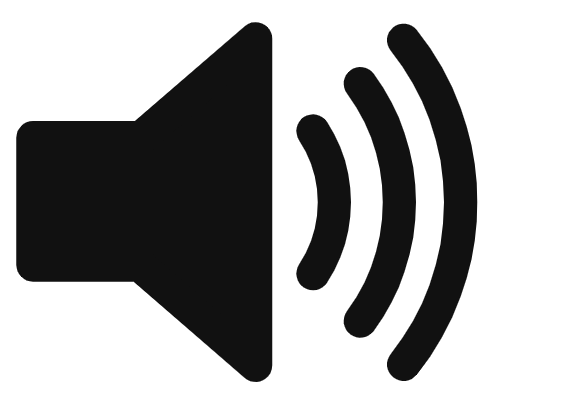We’re never going to throw the towel in with this hobby, but we admit that sometimes, some things do inevitably get us down. Here are just a few of the things that are getting to us this week.
“Silent” equipment
When a manufacturer states that a pump or a piece of equipment is silent, it should be exactly that, and not produce a single noise, even a faint hum, for that is not silent. But as a hobby, we put up with lots of noises from return pumps, wave pumps, protein skimmers, and lights, the resulting cumulative noise being anything but silent.
In the freshwater hobby air pumps are the biggest culprits but in saltwater, weirs, the churn of protein skimmers, the on/off of wave-pumps and cooling fans, and collectively we should work towards quieter aquariums. Fanless striplights will help massively, and sine wave technology in return pumps, but when you have a power outage you really notice what silence means. We want more power, more light, more flow, more air bubbles in our skimmers, and more automation to create that natural underwater scene, but are we just creating more noise?

Wiring
Our electrical devices may have wireless connectivity but their power supplies are anything but wireless, and it’s hard to manage the rat’s nest of wires that comes with typically 12 electrical devices or more on the average reef tank. A controller may offer a central power hub, but can also increase the number of wires via pH, temperature, and other probes. And a four-head doser not only has a single power supply cable, but eight dosing lines – four in and four out. At this stage, we don’t know what the solution is. But we wish we did, as we risk having more tubes and wires than ever before, and we’re not sure that represents progress.

Rimless tanks
We’ve had dozens of rimless tanks over the last 20 years. Dozens more if you count the simple open-topped aquariums we had as kids, and they represent unrivaled access, aquascaping, and equipment opportunities, as well as superior gaseous exchange and a sleek modern look. But at the same time, we do seem to be making rods for our own backs.
Fish jump out of rimless tanks, they evaporate, and water runs down the outsides with vigorous cleaning. Sure we can fit cover nets but then that clean look is lost, and from a shipping point of view, they are more prone to damage versus those with a larger aris on the edges, or a top and bottom trim.
Rimless tanks aren’t as structurally strong as a braced tank either. The answer has been there all along. Braced aquaria with sliding cover glasses and/or closed hoods, and now that we have some seriously powerful striplights, we would like to revisit the idea of a closed hood modern reef system. Yes, access will once again be restricted versus an open-topped tank. But just think of all the positives that we used to take for granted…

Calibration
Automated testing is here, and we revel in the reassurance that key parameters like pH and KH, Calcium, Magnesium, Nitrate, and Phosphate are being tested many times a day and night, and are even being corrected autonomously. Automated testing offers unrivaled stability for our tanks and presents us with trends that we can act upon, tweak, and improve further. It removes the inaccuracy and hassle of manual testing and visual color matching, and as more parameters are offered, the more rock solid our parameters will be. It’s exciting times.
What’s not so exciting however is the calibration. Calibration is everything with automated monitoring and correction as if the machine is wrong it won’t know, and will veer off track. You must calibrate each monitor you put on regularly, and one reefkeeper recently joked with us that although he loves the automation and control aspects, he now spends his weekends manually calibrating his machines instead of manually testing his water!

Opposing methodologies
There are so many ways that you can run a reef tank, with three different ways to light it, three different ways to mechanically filter, at least three ways to administer buffer, and the same again when it comes to ways to control nitrate and phosphate. All of them work, but where does it leave the beginner?
Most experienced hobbyists try all of them and are still prone to changing methods from three part to Kalkwasser, Chaeto to no Chaeto, UV to no UV, LED back to T5, and so on. We wonder if this is part of the fun of the hobby, part of the addiction, or if we all just get swayed by the latest fads and fashions. And is it this constant moving of the goalposts by the saltwater elite that actually contributes to people leaving the hobby?
Asking why, when they bought everything they were told to and did everything they were told to, they still got algae, pests, and disease, and their tank didn’t look like the ones on Instagram. Is it a cruel hobby to many of those who enter it, or are all hobbies like that? Is it the lack of success and the will to do better that keeps us all interested?
We wouldn’t swap our hobby for anything, but it certainly does test us at times!



